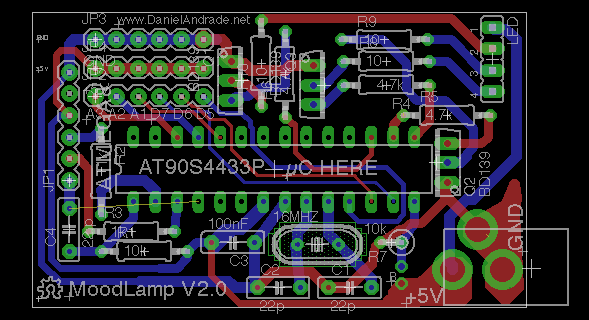LEDs are being Incorporated in vast magnitudes today for everything that may involve lights and illuminations. White LEDs have especially become very popular due to their mini size, dramatic illuminating capabilities and high efficiency with power consumptions.
In one of my earlier post I discussed how to make a super simple LED tube light circuit, here the concept is quite similar but the product is a bit different with its specs.
Here we are discussing the making of a simple LED bulb
CIRCUIT DIAGRAMBy the word "bulb" we mean the shape of the unit and the fitting secs will be similar to that of an ordinary incandescent bulb, but actually the whole body of the "bulb" would involve discrete LEDs fitted in rows over a cylindrical housing.
The cylindrical housing ensures proper and equal distribution of the generated illumination across the entire 360 degrees so that the entire premise is equally illuminated.
The image below explains how the LEDs needs to be installed over the proposed housing.
Image credit: http://www.sharplumi.com/en/userfiles/20100913191605380.jpg
Circuit Description
The circuit of a LED bulb explained here is very easy to build and the circuit is very reliable and long lasting. The exclusive surge protection feature included in the circuit ensures an ideal shielding of the unit from all electrical power ON surges.
Looking at the figure we see that basically 40 LEDs have been used which are connected in series and parallel.
The diagram shows a single long series of LEDs connected one behind the other to form a long LED chain.
The power supply circuit used for powering these arrays is derived from a high voltage capacitor, whose low reactance is exploited for stepping down the high voltage input to a lower voltage suitable for the circuit.
The two resistors and a capacitor at the at the positive supply are positioned for suppressing the initial power ON surge and surges during voltage fluctuations.
In fact the real surge correction is done by C2 introduced after the bridge (in between R2 and R3), this modification has been exclusively invented by me.
All instantaneous voltage surges are effectively sunk by this capacitor, providing a clean and safe voltage to the integrated LEDs at the next stage of the circuit.
CAUTION: THE CIRCUIT SHOWN BELOW IS NOT ISOLATED FROM THE AC MAINS, THEREFORE IS EXTREMELY DANGEROUS TO TOUCH IN POWERED POSITION. Parts List
R1 = 1M 1/4 watt
R2, R3 = 150 Ohms 1watt,
C1 = 474/400V or 0.5uF/400V PPC
C2 = 10uF/400V
D1---D4 = 1N4007
All LEDs = white 5mm straw-hat type
input = 220 mains...
Simple LED Lamp for Home Decor, Made by Using Ordinary LEDs, Powered by a 12V AC/DC Adapter:
The following images were sent to me by one of the keen followers of this blog Mr.Ishaan Pathania. The shown prototype of a simple LED lamp was built and tested successfully by him:
















